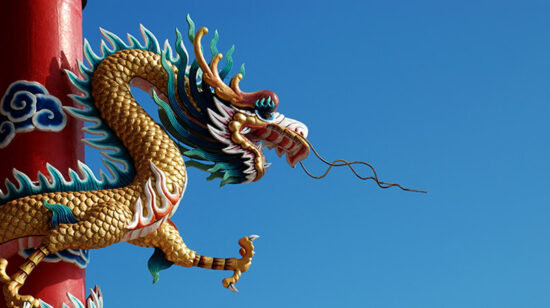But when the man who started all this, JON (former Goldman Sachs economist Jim O’Neill) admits some were made for him – he was encouraged to use Nigeria in the MINTs rather than South Korea – then surely we should all be questioning their investment worth.
Acronym-itis
JON himself has grown tired of the BRIC acronym, recently telling the New Statesman: “If I dreamt it up again today, I’d probably just call it ‘C’. China’s one and a half times bigger than the rest of them put together.”
On the plus side, there is now a BRICs forum, for example, which is designed to promote commercial, political and cultural cooperation between the economies. From an investment perspective, the grouping proved popular with a number of active and passive funds launched to focus on those areas.
Once the BRICs concept had been fully established, the CIVETS (Colombia, Indonesia, Vietnam, Egypt, Turkey and South Africa) were introduced. This group of economies – drawn together by their promising growth prospects, youthful populations, their success at controlling inflation and their reasonably sophisticated capital markets – were supposed to seize the growth baton from BRIC economies.
Lack of funds
This could have applied to a number of emerging markets at the time, but they were perhaps less able to form such a compelling acronym.
Even though the MINT acronym is a fairly recent creation there has yet to be a MINT fund, or even the whisper of a MINT fund launch, either active or passive, but investors could get access to each individual stock market through ETFs. But would an investor want to? As the BRICs economies have proved, most of these 'packaged' country groupings have at least one or two weak links and passive funds have some drawbacks in illiquid markets.
And one or two weak links out of four would suggest severe structural problems – the performance of Mexico in recent months has been vastly different to that of Turkey, despite being grouped together as MINTs. Over the past year, the Mexican SE IPC index was down around 8%, while the Turkish Borsa Istanbul doubled that loss over the same period.
Current account – in deficit or surplus?
Toby Nangle, head of multi-asset at Threadneedle, argues that grouping emerging market countries together can be useful, but not according to the current favoured acronyms. He believes that the biggest differential in emerging market performance has been seen in those countries with a current account deficit versus those without.
He says that there are a number of countries that are particularly vulnerable to external pressures, including some of today’s more popular acronym constituents Chile, Brazil, Turkey, South Africa, India and Indonesia. Or BATSIIC…
Then there are those that are externally sound. This would include Mexico, Russia, the Philippines, Taiwan, South Korea and Thailand. No vowels so no acronym…
Macro benefits
In essence, country groupings work better at a macroeconomic level rather than an investment one as they and ignore the potential impact of stockpicking. Given today’s environment favours stock pickers rather than the top down managers trying to find the best countries and regions, Sam Vecht, manager of the BlackRock Frontiers Investment Trust hits the nail on the head when he says the reality today is “all about valuation, valuation, valuation…”.
To read the full article, look out for March’s issue of Portfolio Adviser that is published on 3 March.







